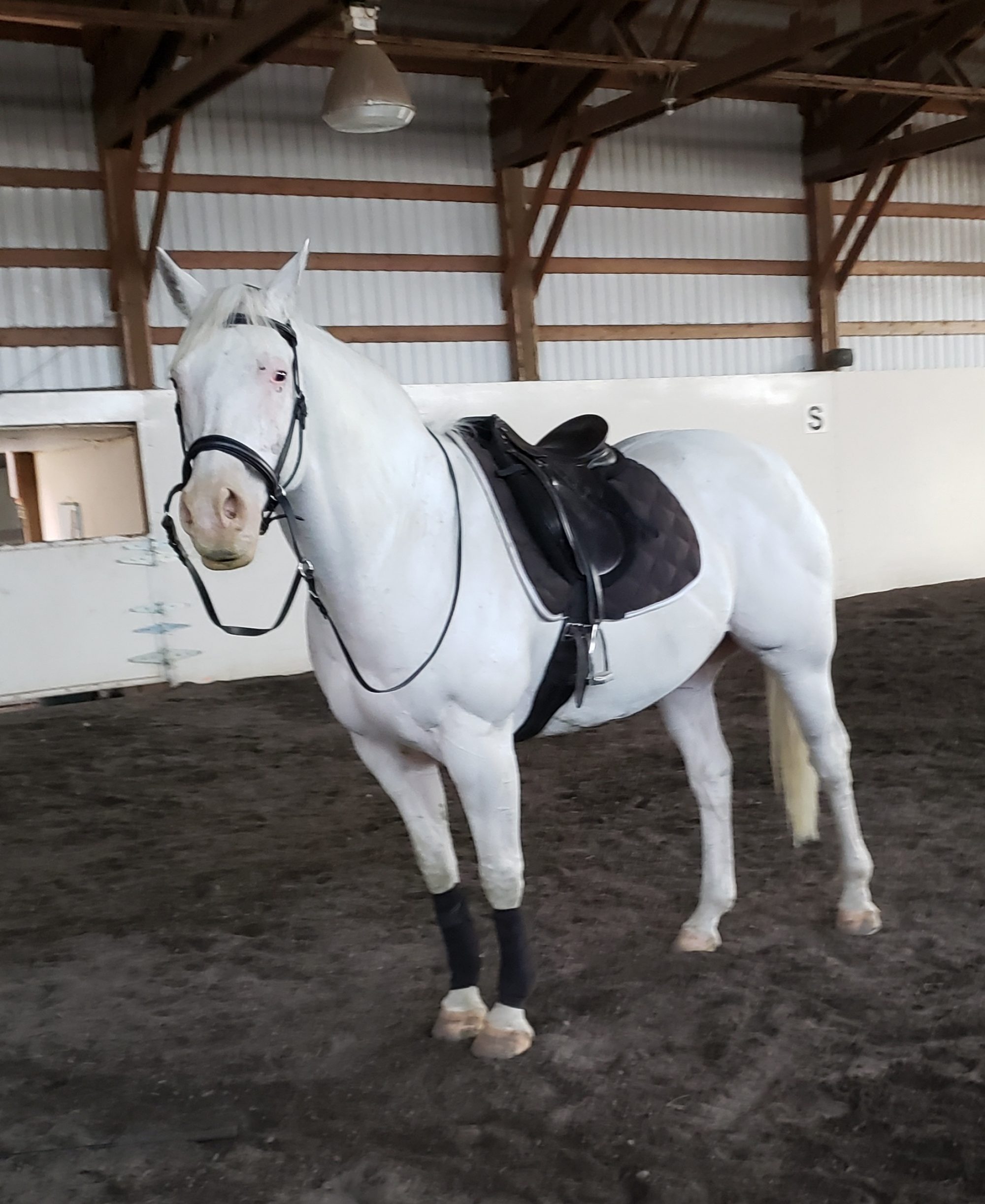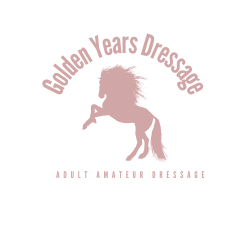The Missing Peace of The Puzzle
Knowing & Feeling Where Your Horses Feet Are & How To Pick Up The Correct Lead
As an Adult Mature Dressage rider I found a gap in my equestrian riding knowledge data base. This gap is the missing peace to being able to preform those beautiful Dressage maneuvers. If you don’t know where your horses feet are how could you possibly expect to be able to preform even the basic Beginner Dressage test.
I realized I could get my horse in the correct lead but truly didn’t understand the mechanics of it. Not to mention what the heck to feel for ! You see I’m one of those riders that could get a horse to do what ever I wanted instinctually but truly couldn’t explain it to another. I just move with the horse and did what can natural. That worked fine for barrel racing, roping, and western in general. BUT Dressage that’s a hole other thing! Learning to become a Dressage Rider “YOU MUST KNOW” where your horses feet are at all times!
Below I Will Teach You Correct Horse Foot Fall & How to “FEEL” Where Your Horses Feet Are
Back to the basics; understanding how a horse walks, trots, and canters.
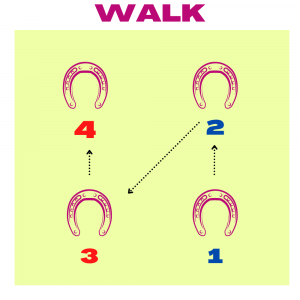 The walk is a 4 beat rhythm in parallel which means you will feel 4 separate foot steps as the horse walks. Right hind foot steps, right front foot steps, then left hind foot, and left front foot.
The walk is a 4 beat rhythm in parallel which means you will feel 4 separate foot steps as the horse walks. Right hind foot steps, right front foot steps, then left hind foot, and left front foot.
You will feel your right butt cheek raise up as the right hind foot lifts and steps under forward. You will feel your right butt cheek lower as the right front foot steps forward down. Left hind foot butt cheek rises, left front butt cheek lowers.
Also you will feel your stirrup move slightly forward as your horses hind foot steps under.
Now go get on your horse and practice counting each step at the walk until you can feel each foot step in your seat. Best to have a friend watching that can tell you if your feeling correctly. Just call out now every time your horses outside hind foot steps under. Then count in your head 2 3 4 now, 2 3 4 now…….
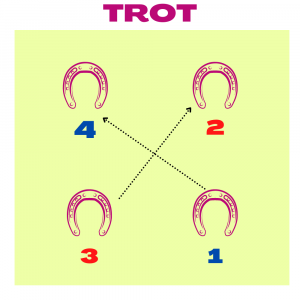 The Trot is a 2 beat diagonal rhythm. Diagonal in riding means one hind foot and one front foot from opposite sides strike the ground at the same time. Then the other diagonal opposite hind and front foot strike the ground giving you a clear 2 beat rhythm.
The Trot is a 2 beat diagonal rhythm. Diagonal in riding means one hind foot and one front foot from opposite sides strike the ground at the same time. Then the other diagonal opposite hind and front foot strike the ground giving you a clear 2 beat rhythm.
So now you know how the feet move its time to learn what it means to be on the correct diagonal . To post on the correct diagonal you raise as the outside front leg comes forward. Best way to check if your on the correct diagonal when your first learning is to look at the shoulders. Raise as the outside shoulder raises. Later as you gain experience and have better feel focus on the hind inside leg. Raise as you feel the hind inside leg move forward.
As I promised how to feel the correct diagonal….. Like said above focus on the inside hind foot moving forward. As you ask for the trot stay seated and feel for your inside butt cheek raise and that’s your cue to start posting. If you miss it at first stay seated for one beat and raise on the second beat.
If your on the wrong diagonal you will feel off balance! Any time you feel off balance sit for a stride and then raise as you feel your inside butt cheek, leg, and stirrup move up and forward.
Time to practice …..
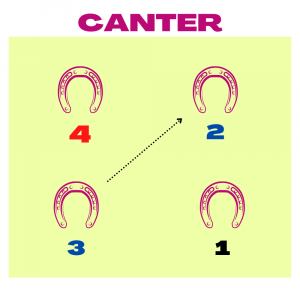 The canter is a 3 beat rhythm. Hind outside foot strikes, then hind inside and front outside together in a diagonal striking the ground at the same time. Then the front inside foot strikes = (that’s your lead foot). Look at the diagram 1=outside hind, 2 &3 = inside hind &outside front that’s the diagonal, and then 4 =inside front your lead foot.
The canter is a 3 beat rhythm. Hind outside foot strikes, then hind inside and front outside together in a diagonal striking the ground at the same time. Then the front inside foot strikes = (that’s your lead foot). Look at the diagram 1=outside hind, 2 &3 = inside hind &outside front that’s the diagonal, and then 4 =inside front your lead foot.
How to feel what lead your on. From the trot as you start your cue to pick up the canter stop posting and sit a stride. When you feel your outside butt cheek raise and move forward cue the canter. Next you should feel your inside butt cheek lift and a little hop as the horse hits the diagonal and then as the inside front lead foot strikes you’ll feel your hip rock slightly forward. Like a rocking horse hind to front movement.
If the wrong lead is picked up you will feel completely off balance and kind of like your falling to the outside. You will feel your weight in the outside stirrup. NOT A GOOD FEELING!
What Is A Seat Bone and How TO Feel The Seat Bone
You may have noticed I used the term butt cheek in stead of seat bone. That’s because many do not know what the seat bone actually is and how to feel the seat bone.
Here’s how to feel your seat bone. Sit on your saddle put you hand under your butt cheek move your hips back and forth. Do that till you feel a bone moving around. That is your seat bone. Sit on that bone in the saddle. Plug the seat bone into your saddle. That is the bone your horse feels in there back. That’s your driving and blocking seat = speed control!
